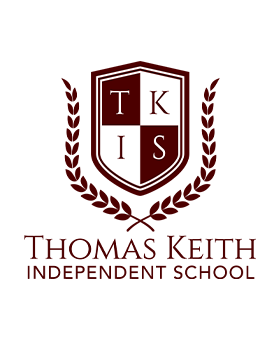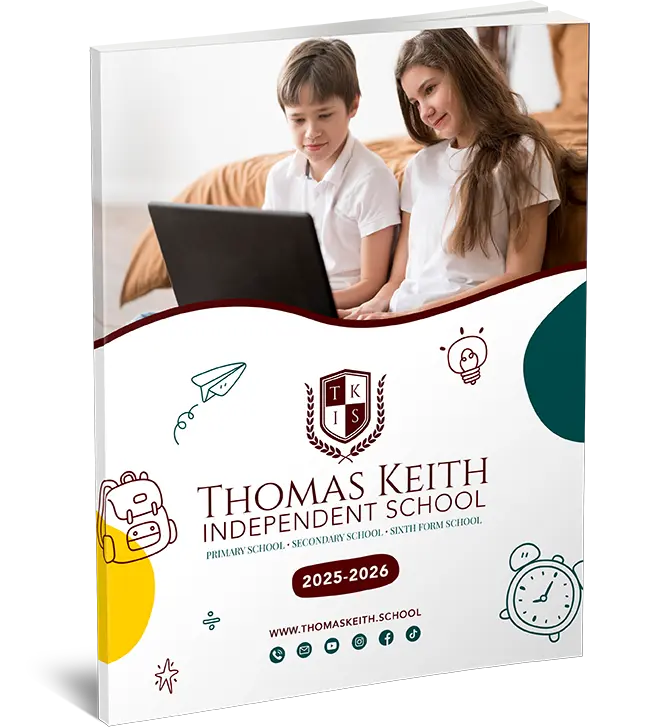
Mastering the Art of Key Stage 1 Lesson Planning: From Setting SMART Objectives to Differentiating Instruction
Creating effective lesson plans is vital for Key Stage 1 educators to provide meaningful and engaging learning experiences for young learners. Let’s explore the key components that can help us develop a successful key stage 1 lesson plan and foster a smooth instructional flow.
- Components and Structure of Effective Key Stage 1 Lesson Plans
To begin with, it’s crucial to define our learning objectives clearly. By setting specific, measurable, achievable, relevant, and time-bound (SMART) objectives, we can guide our students towards their expected achievements by the end of each lesson.
We should start our lessons with an engaging introduction that captures students’ attention and activates their prior knowledge. By clearly stating the lesson’s purpose and connecting it to their previous learning, we help them understand the relevance and importance of the new material.

When selecting instructional strategies, we should consider the learning objectives and choose methods that align with them. Incorporating a mix of techniques, such as direct instruction, group work, hands-on activities, and visual aids, ensures we cater to the diverse learning styles present in our classrooms.
Assessment and feedback are integral parts of effective lesson planning. By incorporating formative assessments throughout the lesson, we can gauge our student’s understanding and provide timely, constructive feedback supporting their progress and growth.
We must also remember to differentiate our instruction to accommodate the individual needs of our students. Providing accommodations or extensions ensures inclusivity and appropriately challenges each learner.
As we approach the conclusion of our lessons, let’s summarise the main points covered and provide closure. Encouraging students to reflect on their learning and connect to real-world applications helps reinforce their understanding.
- Incorporating Active Learning Strategies in Key Stage 1 Lessons
Engaging students through active learning strategies can significantly enhance their motivation, engagement, and learning outcomes. Here are some effective methods to incorporate into our Key Stage 1 lessons:
Hands-on Activities: Provide opportunities for students to engage directly with the lesson content by manipulating objects, conducting experiments, or completing practical tasks. This hands-on experience helps them develop a deeper understanding.
Group Work: Foster collaboration and communication skills by assigning group projects or cooperative learning tasks. Working together allows students to learn from one another and enhances their social skills.
Role-playing and Drama: Bring concepts to life through role-playing activities or drama techniques. Students can act out scenarios, assume different characters, or create short skits related to the lesson topic, making the learning experience more engaging and memorable.
Multimedia Resources: Enhance interactivity and engagement by integrating multimedia resources such as educational videos, interactive websites, or online simulations into our lessons.
Outdoor Learning: Take advantage of the outdoor environment by conducting nature walks, field trips, or outdoor experiments. This hands-on approach connects learning to the real world and provides unique experiences.
Games and Puzzles: Incorporate educational games, puzzles, or quizzes into our lessons to make learning enjoyable while reinforcing key concepts and skills.
- Differentiating Instruction in Key Stage 1 Lesson Planning
To meet the diverse needs and abilities of our Key Stage 1 students, it is crucial to differentiate our instruction. Here are some critical considerations for effective differentiation:
Assessment: Conduct pre-assessments to identify students’ prior knowledge and skills, allowing us to tailor instruction and set appropriate learning goals for each student.

Flexible Grouping: Group students based on their learning needs and abilities. This enables us to provide targeted instruction to small groups or individuals, offering personalised support and extension activities.
Instructional Materials: Provide various materials at different reading levels, incorporate visual aids, and include manipulatives or sensory tools to accommodate diverse learning styles and preferences.
Alternative Assignments: Offer options for assignments or tasks that allow students to demonstrate their understanding in different ways, such as written work, oral presentations, artwork, or multimedia projects.
Scaffolding: Break down complex tasks into manageable steps, providing additional support, prompts, or cues to help students build confidence and achieve their learning goals.
Ongoing Assessment and Feedback: Continuously assess students’ progress and provide timely feedback. Adjust instruction and interventions accordingly to meet individual needs.
- Using Technology and Multimedia in Key Stage 1 Lessons
Integrating technology and multimedia resources into our Key Stage 1 lessons can significantly enhance the learning experience and actively engage our young learners. Here are practical ways to incorporate technology:
Interactive Whiteboards: Utilise interactive whiteboards to display and manipulate visual content, introduce new concepts, annotate texts, or play educational games with the whole class.
Educational Apps and Software: Introduce age-appropriate educational apps and software that allow students to practice skills, explore topics independently, or engage in interactive activities.
Digital Storytelling: Utilise digital tools to create and share stories. Students can write and illustrate their stories using multimedia elements such as images, audio, and animations.
Virtual Field Trips: Take students on virtual field trips to explore different places, cultures, or historical events. Virtual tours and 360-degree images provide immersive experiences within the classroom.
Online Collaborative Projects: Engage students in collaborative projects with other schools or students from different locations, promoting communication, teamwork, and global awareness.
Multimedia Presentations: Encourage students to create multimedia presentations using tools like PowerPoint or video editing software. They can incorporate images, videos, and audio to showcase their learning.
- Reflecting and Adapting Lesson Plans for Key Stage 1 Learners
To ensure effective teaching in Key Stage 1, it is vital that we reflect on our lesson plans and adapt them based on our students’ needs. Here are essential steps to consider:
Self-reflection: Evaluate the effectiveness of our lesson plans, considering what worked well, the challenges encountered, and how students responded to the activities and materials used.

Student Feedback: Seek feedback from students to gain insights into their learning experience. This can be done through discussions, surveys, or informal conversations. Incorporate their suggestions and ideas into future lesson planning.
Assessment Data: Analyse student assessment data to identify areas where students struggled or excelled. Use this information to modify instruction, provide additional support, or extend learning opportunities.
Professional Development: Engage in continuous professional development to stay updated on best practices and pedagogical approaches. Attend workshops, conferences, or collaborate with colleagues to gain new insights and ideas.
Collaboration: Collaborate with other Key Stage 1 teachers to share experiences, resources, and strategies. By working together, we can improve our lesson plans collectively.
Flexibility: Remain open to adapting lesson plans based on individual student needs and emerging situations. Modify instructional strategies, materials, or assessments to accommodate diverse learners.
By implementing these strategies and continually reflecting on our practice, we can effectively master the art of Key Stage 1 lesson planning and create an engaging learning environment for our students.







